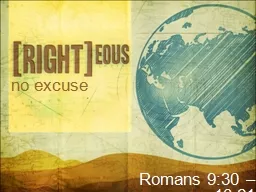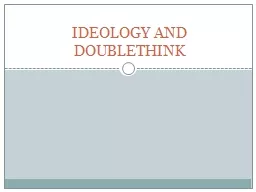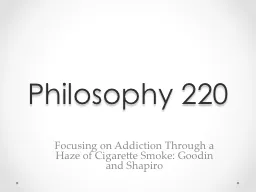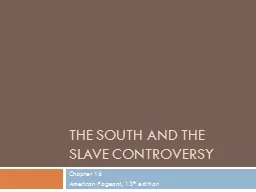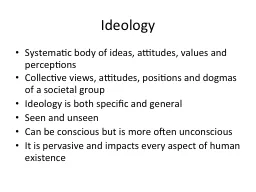PDF-THE EXCUSE OF PATERNALISM IN THE ANTEBELLUM SOUTH: IDEOLOGY OR PRACTI
Author : lindy-dunigan | Published Date : 2016-05-04
Josh Cole is a graduate student from Tuscola Illinois He received his BA in History from the University of Illinois at Urbana whom they are the fathers
Presentation Embed Code
Download Presentation
Download Presentation The PPT/PDF document "THE EXCUSE OF PATERNALISM IN THE ANTEBE..." is the property of its rightful owner. Permission is granted to download and print the materials on this website for personal, non-commercial use only, and to display it on your personal computer provided you do not modify the materials and that you retain all copyright notices contained in the materials. By downloading content from our website, you accept the terms of this agreement.
THE EXCUSE OF PATERNALISM IN THE ANTEBELLUM SOUTH: IDEOLOGY OR PRACTI: Transcript
Download Rules Of Document
"THE EXCUSE OF PATERNALISM IN THE ANTEBELLUM SOUTH: IDEOLOGY OR PRACTI"The content belongs to its owner. You may download and print it for personal use, without modification, and keep all copyright notices. By downloading, you agree to these terms.
Related Documents



